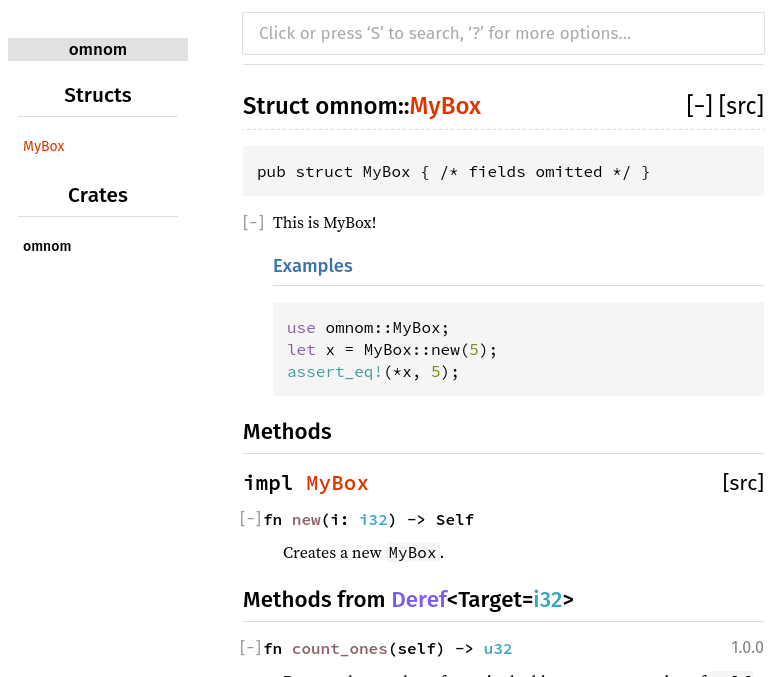The Final Project
The Motivation
Graphs are the mathematical structure for encoding relationships. They typically consist of a set of vertices connected by edges that may be directed and/or have weights. In this assignment you’ll be building a data structure for representing weighted, directed graphs. You’ll also demonstrate the strength of your data structure by using it to implement two graph algorithms.
Project Overview
To complete your project you must complete the following:
- A review of the API of
petgraph. - A specification of your own API
- A description of the algorithms you will implement, including how they work
- An implementation of your data structure
- An implementation of the algorithms
- A demonstration that the algorithms work (tests cases and/or a GUI)
Items 1 through 3 are due Tuesday, 6 December 2016 at 4:15 pm. Items 4 through 6 are due Thursday, 15 December 2016 at 10:00 pm.
Submissions should be made by submitting a pull-requests against this (empty) repository.
After submitting the project, fill out this exit questionnaire and fill out the course evaluation here.
Groups & Grading
You may do this project with someone else. The advantage of doing so is that two of you can do a more awesome project with your combined wits and manpower. The disadvantage is that you’ll have to coordinate with them and make sure that you both contribute fairly to the completion of the project. The choice is yours.
There will also be opportunities for bonuses. I’d be excited to hear about stretch goals that you think would make good bonuses. The following will definitely be bonuses:
- Allow the user to store generic (type-safe) data at nodes and edges. That is, make your graph generic over the type attached to nodes and edges. The allows you to express generalized weights at nodes and edges.
- Implementing an API that does a particularly good job of catching errors at
compile-time. A good example of this would being able to implement a graph
search without any
unwraps. - Implement a GUI for one or both of your graph algorithms
- Implement a parallel graph algorithm. You need not achieve any particular speedup.
- Implement a particularly challenging or complex graph algorithm (although you need to clear the algorithm with me up front)
Project Components Detail
API Review
You should review the API for petgraph and write an analysis of it. This should include
- a description of the high-level features the API provides
- an analysis of how safe using the API is (where could a user cause a panic?)
- a description of strong and weak points of the API
- and a high-level guess at how
petgraphmight represent graphs under the hood
However, you should not look at the implementation of petgraph during this
stage, or at any point during the project.
API Specification
You should specify you API by providing an (unimplemented) skeleton of your graph library. This should include all the types you intend to expose and public methods/functions you intend to implement. These items should have triple-slash comments with explanations of their purpose and examples. At this stage the examples need not execute properly.
You need not flesh out the fields for your types, or how you’ll implement the methods, but you should be confident your API may be feasibly implementable.
Above I refer to triple-slash comments and examples. This is setting foot in
Rust’s documentation system. Items, field, and enum variants can all be
proceeded by triple-slash comments that contain markdown which may contain rust
code blocks. The rustdoc command will turn these comments into std-style
documentation of your library. cargo will also eagerly compile and test any
rust code blocks when you run cargo test, to ensure your examples stay
up-to-date.
As an example of this is a project which contains the following code in
src/lib.rs:
/// This is MyBox!
///
/// ## Examples
///
/// ```rust
/// use omnom::MyBox;
/// let x = MyBox::new(5);
/// assert_eq!(*x, 5);
/// THERE SHOULD BE TRIPLE TICKS HERE BUT VIM HIGHLIGHTING IS BAD
pub struct MyBox {
b: *mut i32,
}
impl Drop for MyBox {
fn drop(&mut self) {
println!("MyBox dropped");
}
}
impl std::ops::Deref for MyBox {
type Target = i32;
fn deref(&self) -> &Self::Target {
unsafe { &*self.b }
}
}
impl MyBox {
/// Creates a new `MyBox`.
pub fn new(i: i32) -> Self {
MyBox { b: Box::into_raw(Box::new(i)) }
}
}
Running cargo doc generates the following documentation in target/doc:

Algorithm Description
You should describe the two algorithms you will implement. Explain their inputs, outputs, and what they compute. Explain how they compute this. You may choose to use pseudocode to do this, but you do not need to.
One of these algorithms should be chose from Djikstra’s, Ford-Fulkerson, Floyd Warshall, Prim’s, or Kruskal’s. The other can be whatever you want (it could be another one from this list, but need not be).
You should submit these descriptions as a markdown file in your project.
Graph & Algorithm Implementation
You should implement the API you promised your graph would have. You should then use this to implement the graph algorithms you previously outlined.
Demonstration
You should write a test suite to convince a reader (and more importantly, yourself) that your graph implementation and algorithm implementation are correct. You may also implement a GUI for you algorithms for bonus points.